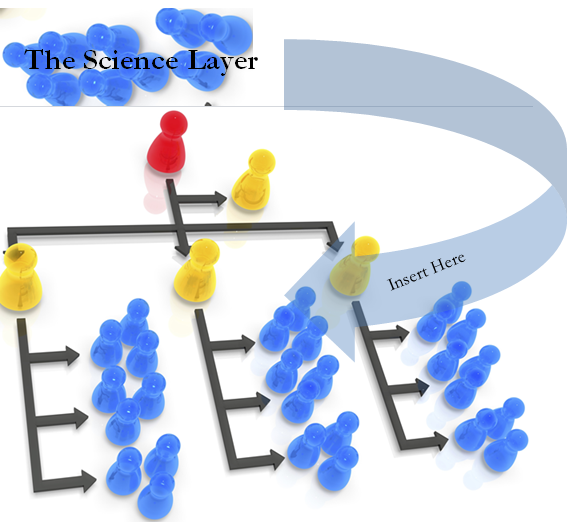Natural selection is a phenomena seen in nature where animals or plants with non-ideal genetics are selected out of an environment. I live in the northeast and orange trees might do well here during the summer months here but once our 5 months of frozen overcast hits, the orange tree dies. Apple trees on the other hand are far tougher and manage to thrive and live on to reproduce. Hence oranges are grown in FL and apples in NY, this is an example of natural selection.
A free market also has a natural selection mechanism. Entrepreneurs who work hard, network well, lead well and serve the market tend to beat those who do not. Good behavior is typically rewarded by the market, identity is ignored, hard work and not pedigree is favored over laziness. Pedigree and elitism is ignored.
Unhealthy work cultures I think can begin to set up unnatural selection, it’s why good old boys clubs only allowed their buddies to be promoted and ignored other competent options. In certain organizations there exists layers and cultures where another set of rules are in force. It’s like when people developed a certain breeds of dogs that never would survive in the wild, dogs like our Maltese mix would not develop on its own. Our dog was bred for cuteness and for not shedding fur, he was not bred for staying alive in the wild (free market), not for hunting prowess, not for fighting to live in difficult conditions, they were hand selected for cuteness then given a protected status where food and shelter and warmth and affection are handed to them. The net results is a net financial loss for the owners, energy must be poured into these pampered pups over their lifetime, my dog would not last much more than 24 hours on their own in the wild.
Even small predators could take out our dog which was unnaturally selected. The wolf on the other hand is an apex predator, it needs no help from humans. It thrives on its own, strengthened by natural selection.
I have seen toxic organizations that specifically select its members based on identity, based on certain university attendance, based on gender, based on political beliefs. Hard work, diligence and market service was not as important as certain characteristics that leadership deemed important, finances aside, ideology dominated.
I have seen competent team members passed up for promotion based on nothing more than lack of a degree. I’ve seen incompetent employees promoted to leadership because they are able to pass litmus test’s that have little to do with performance or service to the market of the business.
Unnatural selection occurs in unhealthy organizations, its one reason why so many entrepreneurs can’t wait to leave certain burecratic corporations, it’s why bureaucracies thrive, it is one reason that companies plateau in their financial growth.
Sometimes when certain employees are selected in or out of an organization its like the leader has created a culture where an orange tree can survive in a NY climate. Sure you can make it work if you go to the expense but it takes a great deal of energy to keep the tree alive in the winter. The net energy is negative, loss of money, poor performance. The savvy leaders know how to navigate the needs of being fair and diverse and the financial needs of a company. A smart leader doesn’t allow the internal forces that would insist on unnatural selection dominate a culture because they know if that toxicity is allowed the flourish the company itself is at risk long term.
we should avoid going over board with unnatural selection we should accept that there is a level of ruthlessness in certain markets and not pretend that identity politics fits well into a free market.
Please follow this blog and leave a comment below.





